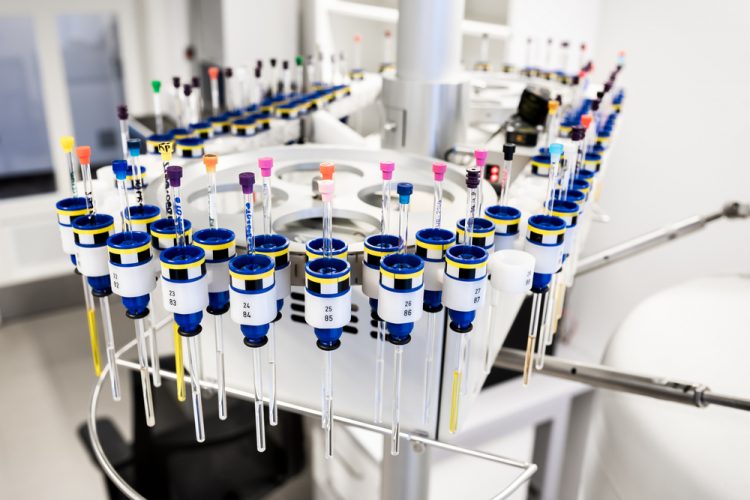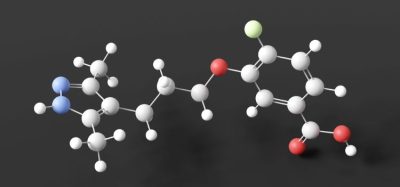NMR spectroscopy to enhance biologic drug delivery and stability
Posted: 2 September 2021 | Hannah Balfour (European Pharmaceutical Review) | No comments yet
Review shows nuclear magnetic resonance (NMR) spectroscopy has the potential to enhance biologic drug formulation, optimising delivery and bioavailability.


In a recent review, researchers from Merck & Co. wrote that it is critical that advanced biophysical techniques, such as nuclear magnetic resonance (NMR) spectroscopy, be developed and utilised for the high-resolution characterisation of biological products to optimise their delivery, bioavailability and stability going forward.
“In the past decade, evolving modalities and drug delivery systems have contributed to the success of biological products and, in the meantime, significantly grow the complexity of the molecular structures. Therefore, it is urgent to develop and utilise advanced biophysical techniques and methods for high-resolution characterisation,” they wrote, adding: “NMR can elucidate protein structures at the ångström-to-micrometre scale and probe molecular dynamics from picoseconds to seconds, covering the almost the full-range structural investigations of biopharmaceutical materials.”
Phyo, et al. show in their review how both solution and solid-state NMR can reveal structural attributes of proteins pivotal to drug delivery and stability.
They explained that techniques such as NMR are needed in the development of protein therapeutics, such as peptides, monoclonal antibodies and vaccines, since the information they provide about protein structure can be used to formulate products able to overcome their inherent limitations, including membrane impermeability and structural instability.
They showed that solution NMR has been able to determine the structure of proteins with a molecular weight of ≤100 kDa in liquid formulations. Phyo, et al. wrote that the primary advantage of solution NMR is that it has high resolution and sensitive spectra; however, with large molecular complexes the peaks can disappear. In these instances, they said, solid-state NMR (ssNMR) can be used to characterise large and soluble complexes, insoluble and hydrated aggregates or dry powder. Examples of large molecular complexes they gave included active substances encapsulated in nanoparticle delivery systems, high concentration formulations, or protein aggregates. According to the authors, ssNMR can be used to investigate protein aggregates, fibrils, oligomers and macromolecular assemblies.
They concluded that the combination of solution and ssNMR allows for the analysis of various protein-based pharmaceuticals, from parenteral formulation and hydrogels to lyophilised powders and crystalline suspensions, or soluble and insoluble aggregates and (proto)fibrils.
Phyo, et al. added that the studies they reviewed “justify the role of NMR in the biophysical toolbox as an in-depth tool to monitor the stability of protein drug substances for shelf-life prediction, evaluate the compatibility of excipients in the drug product development and investigate aggregation for optimising formulation composition and processes.”
Related topics
Analytical techniques, Biologics, Biopharmaceuticals, Drug Delivery Systems, Drug Development, Formulation, Nuclear Magnetic Resonance (NMR) spectrometry, protein structure, Proteins, Research & Development (R&D), Spectroscopy, Technology, Therapeutics, Vaccines









